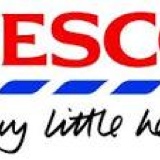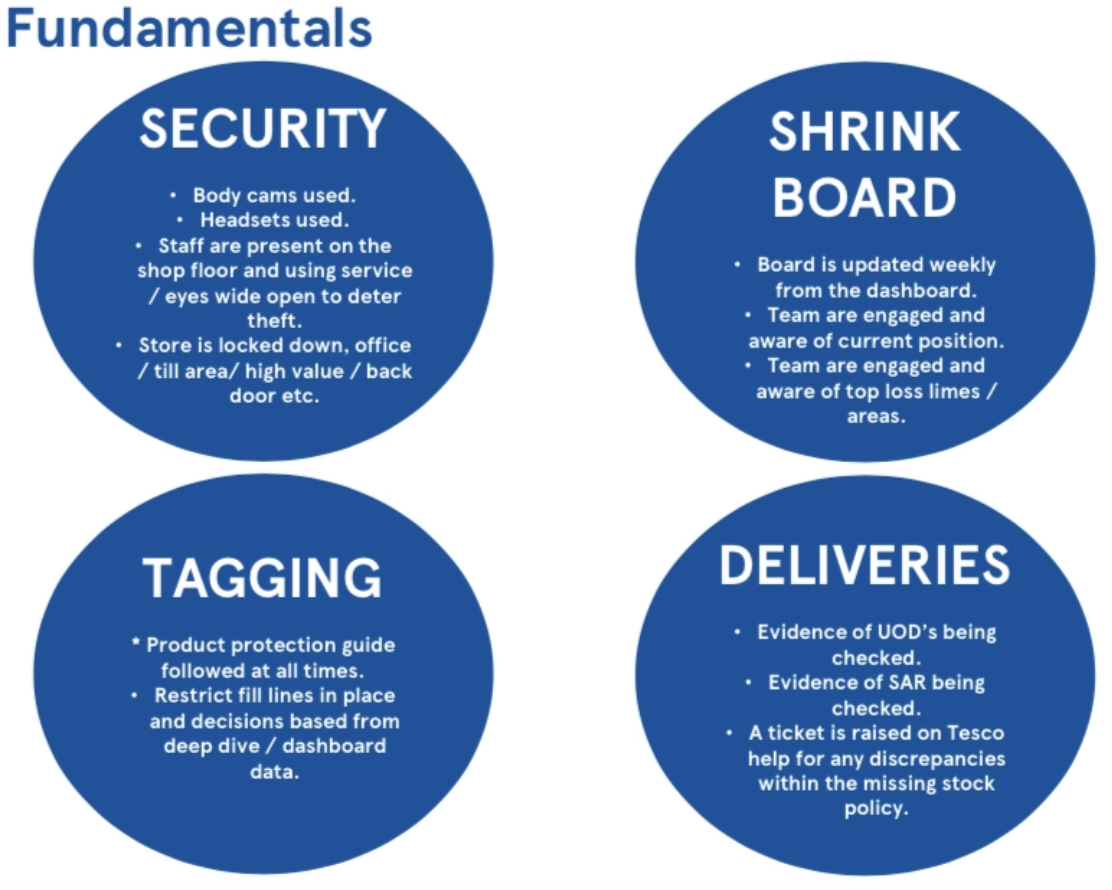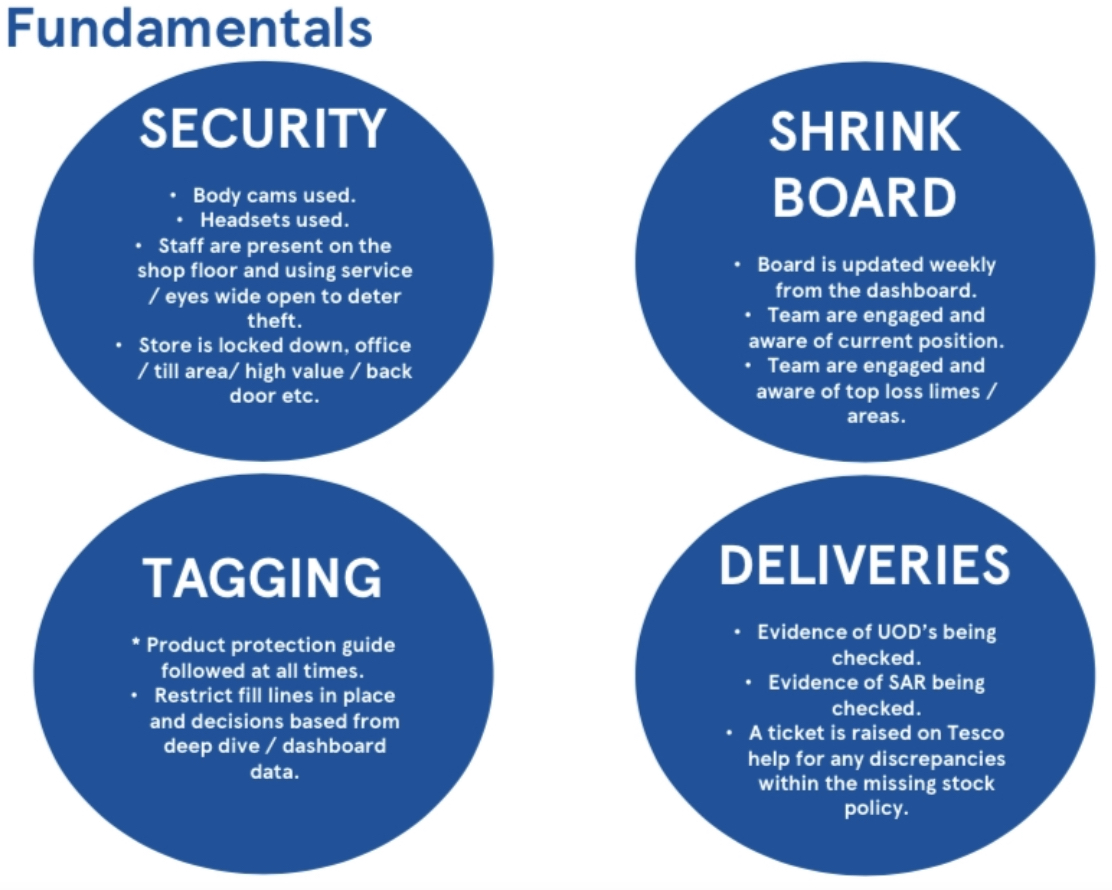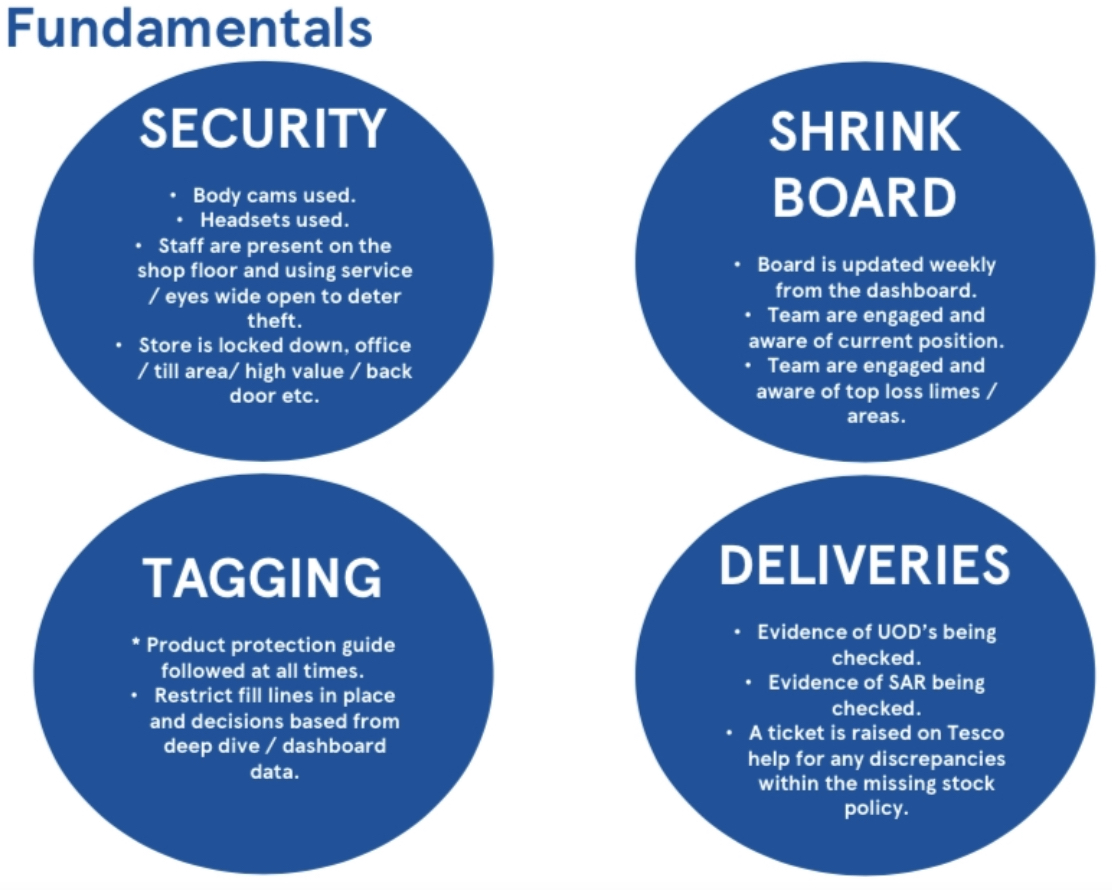Information
-
Document No.
-
Audit Title
-
Client / Site
-
Conducted on
-
Prepared by
-
Location
-
Personnel
Stock Control
-
A thorough Potential Reduction Scan takes place 7 days a week from 5pm Produce/Hort/Meat/Poultry/Short Life Dairy/Bread
-
The good waste routine report is reviewed daily and and 87%target is achieved. Any department not achieving 87% an action plan in place to review.
-
Member of stock control is attending the daily waste meeting.
-
The top 50 wastage exceptions from store reports are being reviewed weekly. Evidence to be shown.
-
Start of trade reductions are carried out as part of the potential reduction scan.
-
Final reductions are completed towards the end of the night and Duty Managers stand over the final markdown to ensure all products clear through.
Engagement
-
All trading departments have set daily and weekly targets by £sterling.
-
Lead Team and Team Managers accountable for waste attend the meeting and send a sub if absent.
-
Waste meetings take place daily and next steps are taken. Evidence to be shown.
-
The waste meeting is run by the Store Manager/lead trade Manger
-
All managers are aware of current week, period, quarter and YTD waste performance. Check with 2/3 Mangers
-
Replenishment staff understand their department targets, where the store is performing and what they can do to help prevent waste, ask 1 colleague from Produce, Dairy and bread and cakes
-
There is a waste action plan in place and it is reviewed regularly
-
SM and lead Trade accountable for waste knows their current position on waste and YTD
General
-
Safe and Legal books are completed daily including temp control books
-
Recorded waste is fully checked by the duty/dept manager before being disposed of. Evidence to be shown.
-
Damages and OOC are correctly recorded to maintain stock record accuracy.
-
Reduced to Clear sections on the shop floor are clean, tidy, with the correct stripping and POS in place.
Back rooms
-
Stock is stored at the correct temperature. (Check frozen and chilled areas, red produce labels)
-
Waste areas are clean, tidy and well organised. Damages and Products Not For Sale are kept separate with signage in place. Fresh and ambient.
-
Critical cages for EPWs, New Lines, and short coded products is in place with correct signage. Fresh and ambient.
-
No Out of Code products are to be found in the back rooms (unless in designated waste area). Check chillers, crisps, Walkers pallets.
-
Stock stored in sheds or outside is protected from the weather / rodents.
Counters
-
All tickets on the counters have the correct date codes written on the back.
-
No Out of Code products are found on the counter.
-
Cooked and raw products are kept separate.
-
All counter back rooms are well managed and stock is easily accessible, including frozen fish. All products are correctly rotated.
Produce
-
All critical chilled products (red labels) are stored in the correct temperature.
-
Plants are watered daily 1st thing in the morning and throughout the day when needed.
-
All products are fully rotated on the Shopfloor and back rooms (random spot checks).
ISB and Plant Bread
-
Bread from the previous day's bake is sliced for sale.
-
Plant bread returns are completed daily and the corporate routines followed.
-
Long life cake is code checked at least weekly and no out of codes are on display.
-
All products are fully rotated on the Shopfloor and back rooms.
Dairy
-
Long life products are code checked every week
-
Milk returns are completed daily and the corporate routine is correctly followed.
-
During aisle setup at the end of each aisle a Blue tray is available for reductions and a green tray available for damages (for night team stores only)
-
There is evidence that products fit for sale are being salvaged and repaired.
-
All products are fully rotated on the Shopfloor and back rooms.
Grocery and Frozen
-
The ambient and non food rotation planner RP1550 is used, up to date and on display.
-
During aisle set up a Green tray is available for damages and a Blue tray is available for reductions.
-
All products are fully rotated on the Shopfloor and back rooms.
-
Fix at shelf stickers are in under shelf drawers (if you have them) and there is evidence they're being used to repair products that are fit for sale.
Dot com
-
Dot com returns are managed daily and returned to the relevant departments. Check chilled, frozen and grocery
Nights / Twilights
-
Different colour trays are in place as part of aisle setup and these are used to separate Damages (green tray) / Products to be reduced or salvaged (blue tray).
-
Fix at shelf stickers are being used to repair products on the Shopfloor that are fit for sale
-
No products are kept out of the cold chain for more than 20 minutes and the most recent cold chain audit is green.
-
Damages are mitigated through product handling and any issues handed over to the morning duty
Front End
-
Robust process at the front to sweep for put backs, chilled and frozen returned within chill chain











